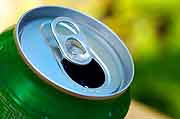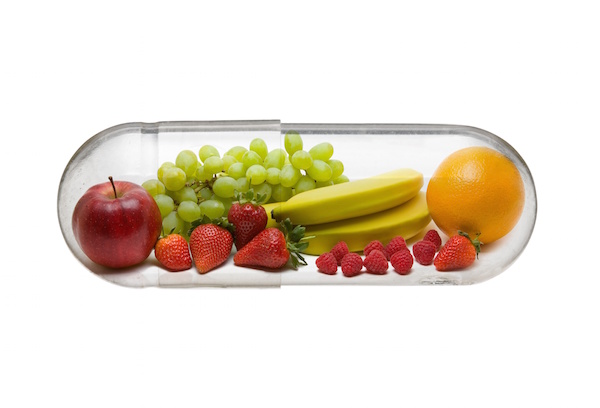
THURSDAY, July 5 (HealthDay News) — More U.S. elementary schools are banning unhealthy beverages from the premises, according to a new report.
Just one-third of students in U.S. elementary schools had access to sugary drinks and high-fat milk in 2010-2011, compared to 47 percent in 2007-2008, the report indicated. And less than 12 percent could obtain sugar-sweetened drinks at school last year.
“We are seeing some really encouraging changes in the school environment,” said study co-author Lindsey Turner, research scientist at the Institute for Health Research and Policy, University of Illinois at Chicago.
“They are removing sugary beverages and high-fat milk,” she said. However, “there is still progress to be made.”
The report is published in the July issue of Archives of Pediatrics & Adolescent Medicine.
The researchers surveyed schools using criteria developed by the Institute of Medicine, an independent organization that advises decision makers. It recommends that beverages offered at schools — through snack bars, vending machines or a la carte lunch lines — be limited to water, 100 percent juice and nonfat or 1 percent milk.
It’s hoped that restricting high-calorie beverages will help curb the nation’s obesity epidemic. In 1980, 7 percent of U.S. children aged 6 to 11 were obese, according to the U.S. Centers for Disease Control and Prevention. In 2008, nearly 20 percent — or one in five kids — were obese.
Obesity in childhood sets the stage for long-term, serious health issues, such as diabetes and heart disease.
For this report, Turner’s team looked at the years 2006 through 2011. Among other findings, the investigators found the percentage of public grade-school students who had access to sugary beverages alone decreased from 17 percent in 2006-2007 to less than 12 percent in 2010-2011.
The percentage of public grade-school students who could buy only healthy drinks outside of school meals rose from 10 percent in 2006-2007 to 21 percent in 2010-2011.
The trend is positive, but “there is still a third of kids who have access to beverages that are not approved,” Turner said.
The report covers only grade-school students. Information on middle and high schools is expected later this year, she said.
The data does not address unhealthy beverages that children drink at home or in restaurants, and other studies have found that bans on unhealthy drinks at school do not lower their overall consumption.
Commenting on the study, Tracey Halliday, spokesperson for the American Beverage Association, said the report shows that voluntary industry guidelines are working.
“In early 2010, our industry announced it had successfully implemented voluntary national School Beverage Guidelines, reducing beverage calories shipped to schools by a dramatic 88 percent since 2004,” Halliday said.
In elementary schools, the guidelines “removed full-calorie soft drinks and allow for only bottled water, low-fat milk and 100 percent juice in 8-ounce containers,” she added.
Halliday called the guidelines for its member companies “an historic effort that was implemented in good faith as a result of a promise to change the school beverage landscape in our nation’s schools — and we delivered on our commitment.”
Parents should know the beverage policies at their child’s school, Turner said. If the school still provides unhealthy drinks, she suggests talking to school administrators. Ask them to remove them, she said.
The U.S. Department of Agriculture, which is updating its nutrition standards for foods and beverages available in schools, is expected to release a proposal soon.
More information
For help discussing weight with your child, visit the Academy of Nutrition and Dietetics.

